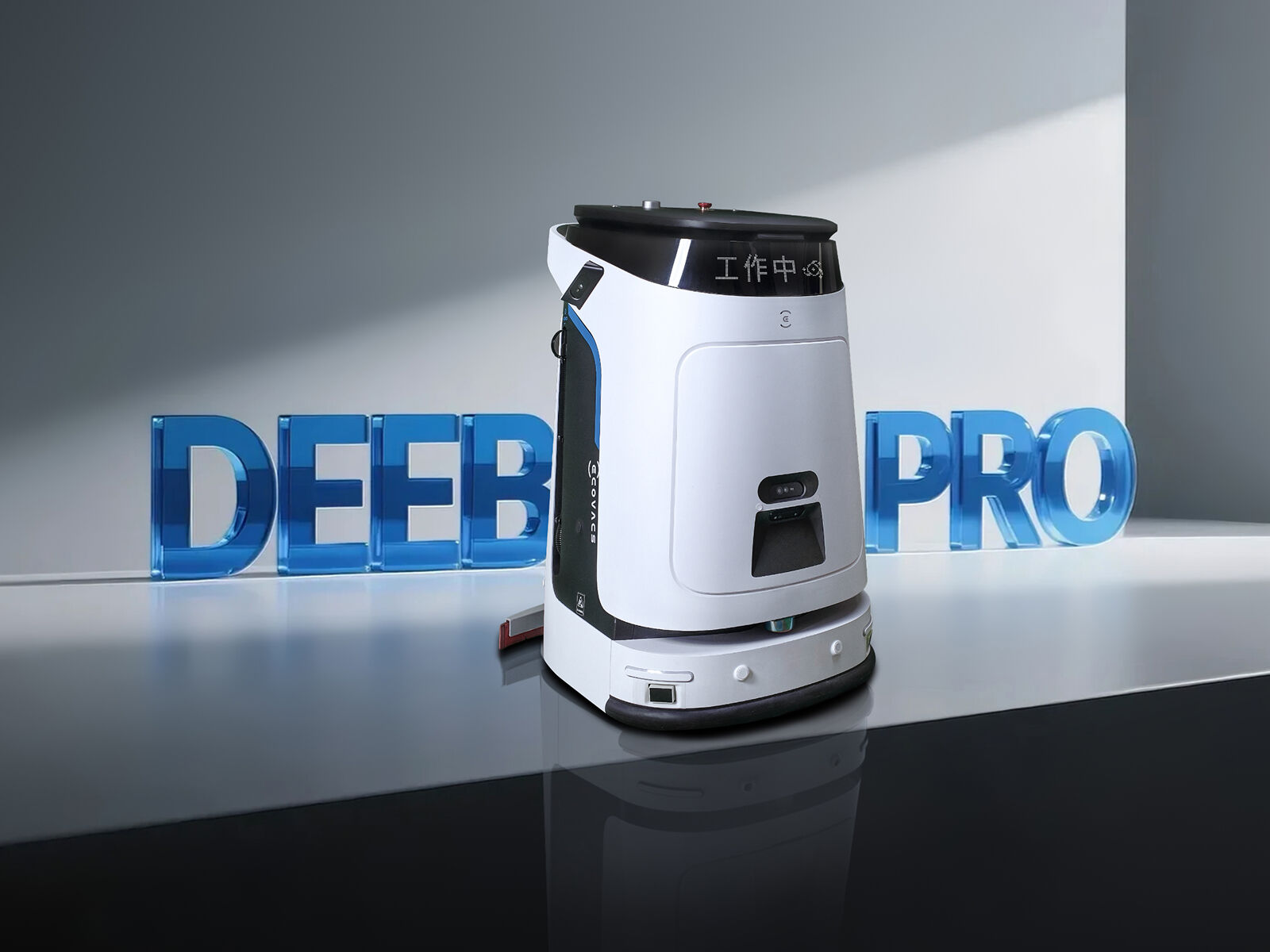Understanding Industrial Floor Cleaning Equipment
The foundation of any successful industrial facility lies in its cleanliness and maintenance protocols. At the heart of these protocols, industrial floor scrubbers play a vital role in ensuring pristine, safe, and hygienic surfaces. These powerful machines have revolutionized the way facilities maintain their floors, offering efficiency and effectiveness that manual cleaning methods simply cannot match.
Selecting the right industrial floor scrubber requires careful consideration of multiple factors, from the specific cleaning requirements of your facility to the long-term cost implications of your investment. Whether you're managing a warehouse, manufacturing plant, or large retail space, the proper cleaning equipment can significantly impact your operational efficiency and bottom line.
Key Considerations When Selecting a Floor Scrubber
Space and Facility Requirements
The size and layout of your facility directly influence the type of industrial floor scrubber you should choose. Large warehouses with wide aisles might benefit from ride-on scrubbers that can cover extensive areas quickly. In contrast, facilities with narrow passages or numerous obstacles may require more maneuverable walk-behind models.
Consider the total square footage that needs regular cleaning and any specific architectural features like columns, tight corners, or elevation changes. An industrial floor scrubber should be able to navigate these challenges while maintaining optimal cleaning performance.
Surface Types and Cleaning Needs
Different flooring materials demand different cleaning approaches. Concrete, epoxy, tile, and other industrial flooring surfaces each have unique characteristics that affect how they should be cleaned. The industrial floor scrubber you select must be compatible with your specific floor type to ensure effective cleaning without causing damage.
Consider the nature of the dirt and debris typically encountered in your facility. Some environments deal primarily with dust and light soil, while others face oil, grease, or chemical spills. Your scrubber's cleaning capacity should align with these specific challenges.
Technical Specifications and Features
Power Source Options
Modern industrial floor scrubbers come with various power options, each with its own advantages. Battery-powered units offer cordless convenience and are ideal for environments where quiet operation is valued. Propane models provide extended run times and consistent power output. Electric models with power cords might be suitable for smaller areas where continuous operation is needed.
Battery technology has advanced significantly, with lithium-ion batteries offering improved performance over traditional lead-acid options. Consider the charging time, runtime, and battery life cycle when evaluating different power configurations.
Cleaning Width and Tank Capacity
The cleaning path width of an industrial floor scrubber directly affects its efficiency. Wider cleaning paths cover more area per pass but may limit maneuverability. Tank capacity is equally important, as it determines how long the machine can operate before requiring refilling.
For optimal efficiency, balance the cleaning width and tank capacity with your facility's specific needs. Consider factors like the availability of water sources and disposal points when determining the ideal tank size for your operation.
Maintenance and Operational Factors
Ease of Use and Training Requirements
The best industrial floor scrubber is one that your staff can operate effectively and safely. Look for machines with intuitive controls and clear operating instructions. Consider the training requirements for new operators and the availability of training resources from the manufacturer.
User-friendly features like automated dosing systems, easy-to-read displays, and simple maintenance access points can significantly reduce the learning curve and minimize the risk of operator errors.
Maintenance Requirements and Support
Regular maintenance is crucial for the longevity and performance of any industrial floor scrubber. Evaluate the maintenance schedule, parts availability, and service support offered by different manufacturers. Some models feature tool-free maintenance access and onboard diagnostics that simplify routine care.
Consider the total cost of ownership, including regular maintenance, replacement parts, and potential downtime. A more expensive machine with lower maintenance requirements might prove more economical in the long run.
Environmental and Safety Considerations
Sustainability Features
Modern industrial floor scrubbers often incorporate eco-friendly features that reduce water consumption and minimize chemical usage. Look for machines with water recycling systems, precise chemical dispensing, and energy-efficient operation modes. These features not only benefit the environment but can also lead to significant cost savings.
Consider machines that are compatible with green cleaning solutions and those that meet environmental certifications relevant to your industry. The trend toward sustainable cleaning practices continues to grow, making this an important factor in equipment selection.
Safety and Compliance Standards
Safety features should be a top priority when selecting an industrial floor scrubber. Look for equipment with emergency shut-off systems, warning signals, and proper safety certifications. Consider features like automatic braking systems and operator presence controls that enhance workplace safety.
Ensure the machine meets all relevant safety standards and regulations for your industry. This includes noise levels, emissions standards, and any specific requirements for your type of facility.
Frequently Asked Questions
How often should an industrial floor scrubber be serviced?
Regular maintenance should be performed daily for basic cleaning and inspection, while comprehensive service intervals typically range from 100-200 operating hours. However, specific requirements vary by model and usage intensity. Following the manufacturer's recommended maintenance schedule is crucial for optimal performance and longevity.
What size industrial floor scrubber do I need for my facility?
To determine the appropriate size, calculate your total cleanable square footage and consider your available cleaning time window. A general rule is that a 26-inch scrubber can clean approximately 26,000 square feet per hour under ideal conditions. Factor in obstacles, aisle width, and specific facility requirements when making your final decision.
Are battery-powered floor scrubbers as effective as propane models?
Modern battery-powered industrial floor scrubbers are equally effective as propane models in terms of cleaning performance. Battery technology has advanced significantly, offering comparable power output with added benefits like zero emissions, quieter operation, and lower operating costs. The choice often depends more on specific facility requirements than performance differences.

